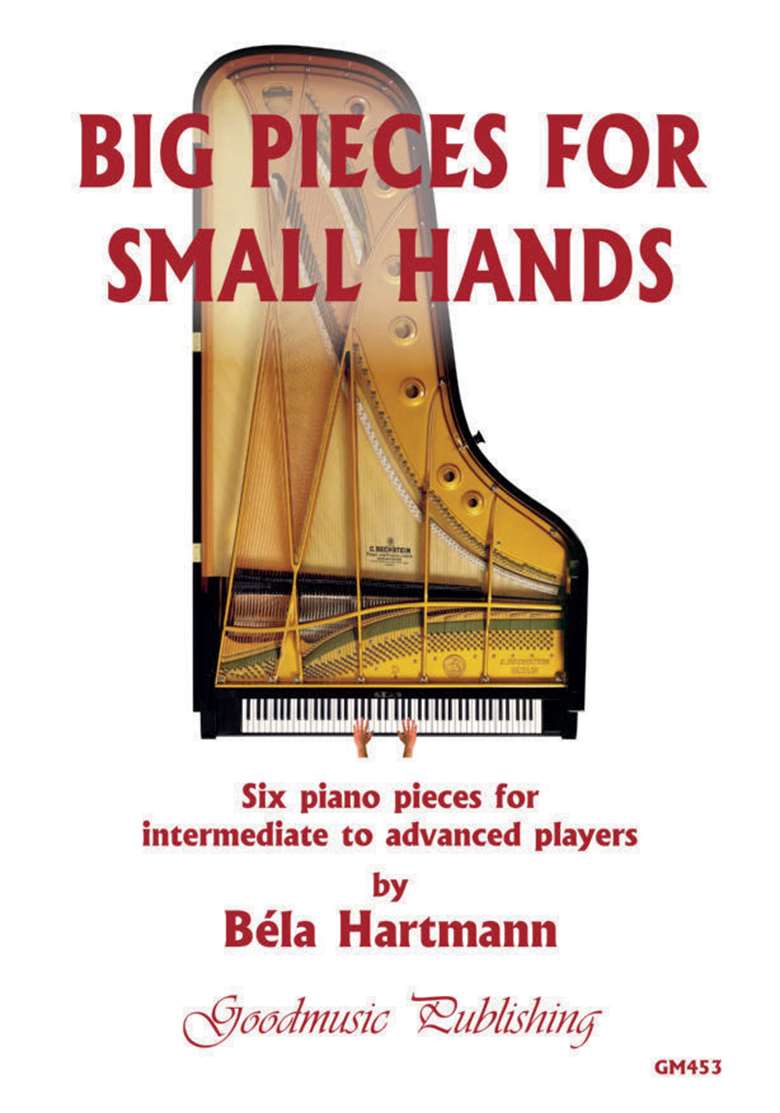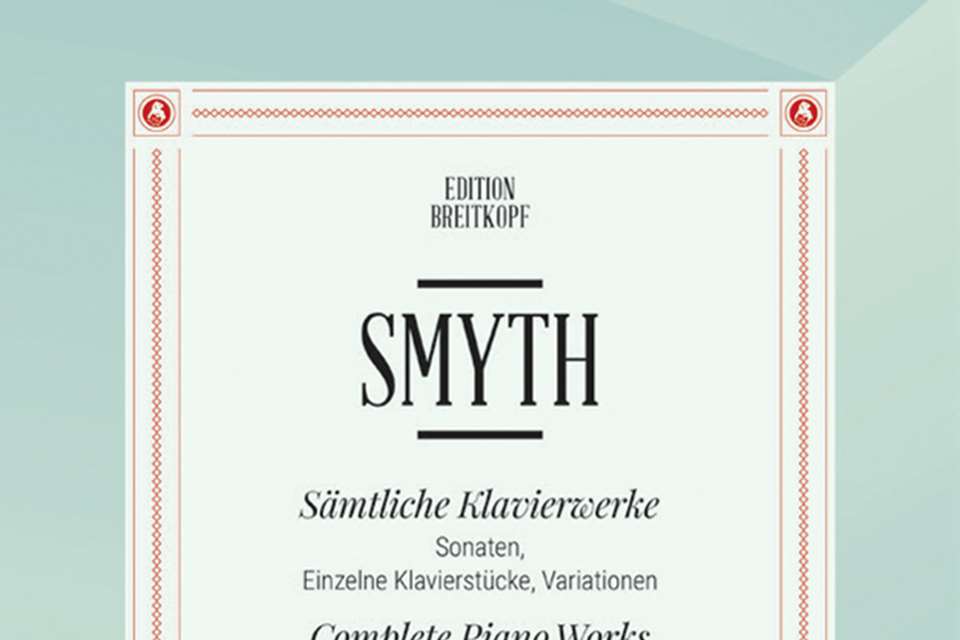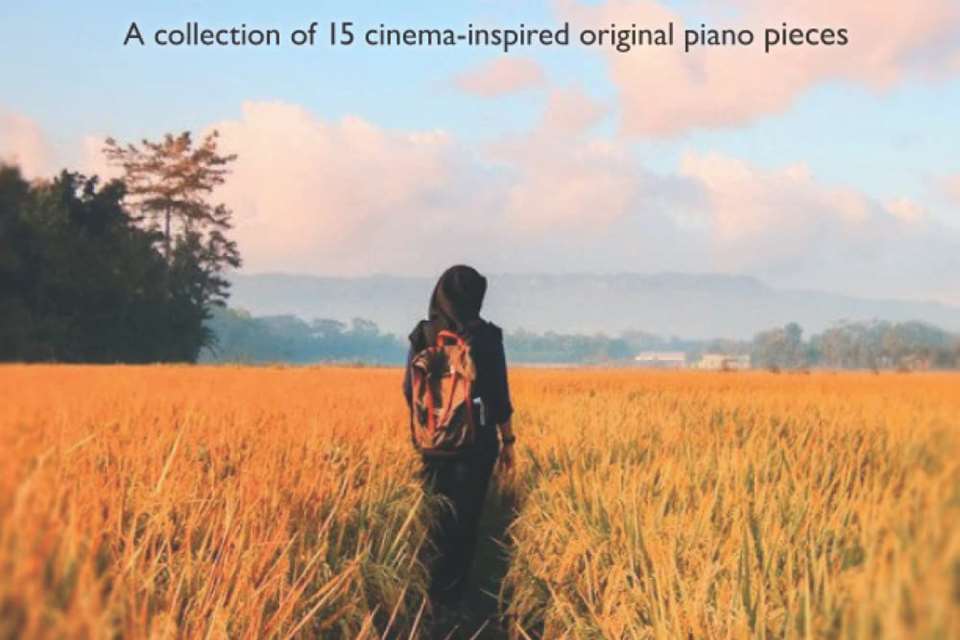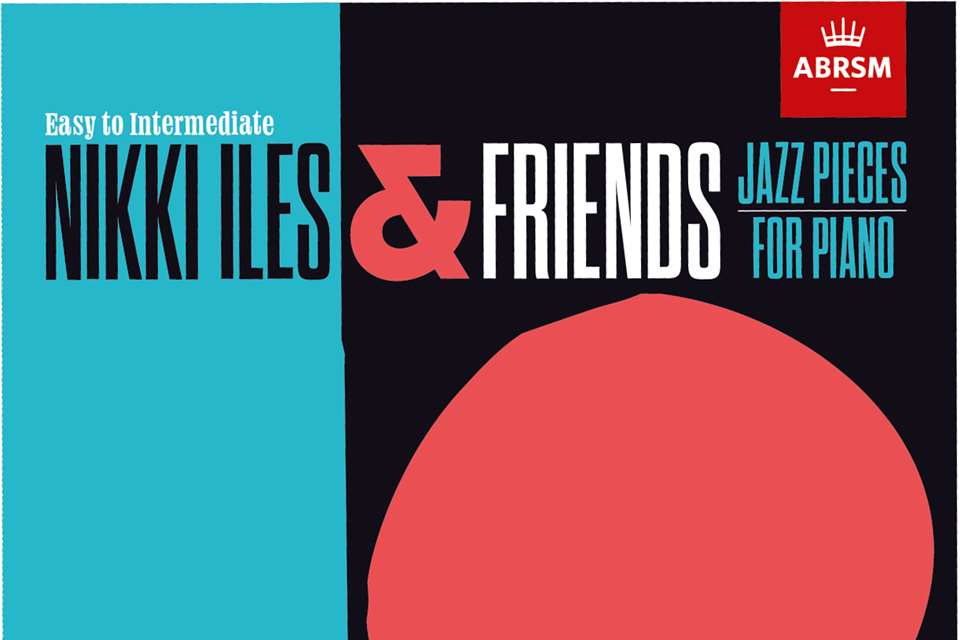Sheet music reviews: Big Pieces for Small Hands
Rachael Gillham
Wednesday, November 1, 2023
Rachael Gillham reviews Béla Hartmann’s collection published by Goodmusic.

Register now to continue reading
Register to the Music Teacher website today and gain access to all the latest news and developments from the world of music education. By registering you will receive:
- Free access to 3 subscriber-only articles per month
- Unlimited access to news and opinion on our website






